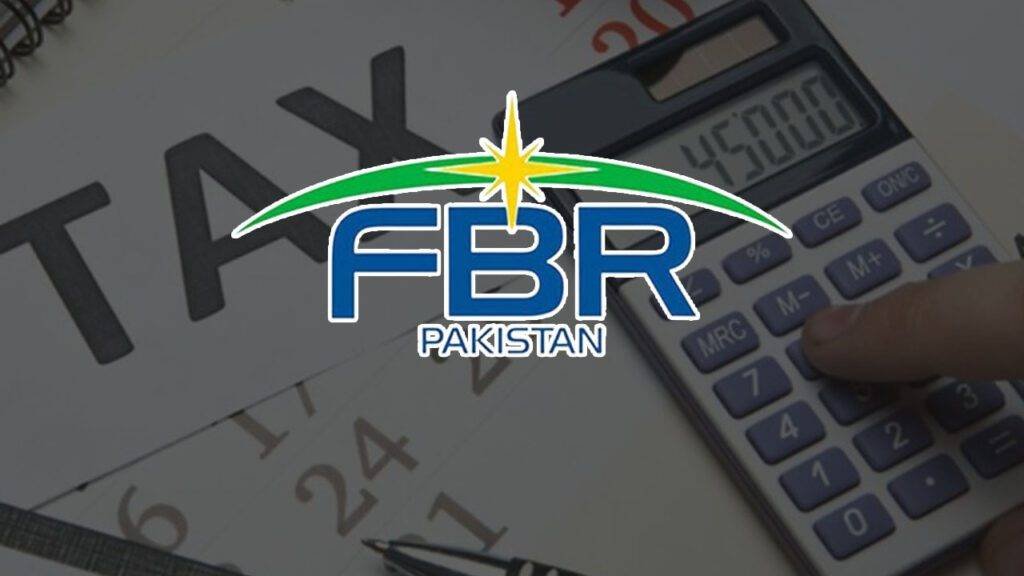In today’s rapidly evolving business environment, automation and compliance are more important than ever. The Federal Board of Revenue (FBR) in Pakistan has introduced a Digital Invoicing System that mandates businesses to submit real-time invoices to FBR.
If you’re looking to seamlessly integrate the FBR Digital Invoicing API with your ERP system or Point of Sale (POS), you’ve come to the right place. Our FBR Digital Invoicing Integration solution allows businesses to automatically generate and transmit invoices to the FBR platform, ensuring compliance with the latest tax regulations while saving time and reducing errors.
🧑💻 What is FBR Digital Invoicing System?
The FBR Digital Invoicing System is a centralized platform developed by the Pakistan Revenue Automation Ltd (PRAL) to ensure that businesses across Pakistan can digitally generate, share, and track invoices. It’s a critical part of the FBR’s digital tax ecosystem, allowing for:
-
Real-time invoice transmission
-
Instant validation by FBR
-
Secure and automated reporting of sales data to prevent tax fraud
This system plays a vital role in ensuring that all registered businesses are meeting tax compliance standards in an automated and streamlined manner.
🏁 FBR Invoice Integration Process – Step-by-Step
1. Understanding the FBR API for Invoice Submission
FBR offers an API that businesses must integrate with their ERP/POS systems. The main endpoints are used to submit invoices, validate them, and track their status in real time.
Here’s a breakdown of the core FBR API functions:
🔑 Authentication
Before sending any data, you need a valid security token from PRAL, which must be included in the API headers for every request.
-
Security Token: A
Bearer tokenthat is valid for 5 years. -
API URL: The endpoint URL is provided after registration with PRAL. Example for sandbox and production environments.
-
Sandbox URL:https://gw.fbr.gov.pk/di_data/v1/di/validateinvoicedata_sb -
Production URL:https://gw.fbr.gov.pk/di_data/v1/di/validateinvoicedata
-
🔄 API Integration Workflow
-
Request Authentication Token
-
Make a
POSTRequest to PRAL’s authentication service. -
Get the token and use it in the
Authorizationheader for subsequent requests.
-
-
Submit Invoice Data (Postinvoicedata)
-
Send the invoice details in JSON format via the
/postinvoicedataendpoint. -
This is the main endpoint for real-time submission of sales invoices.
Sample CURL request to send invoice data:
-
-
Validate Invoice (Validateinvoicedata)
-
Validation is crucial to ensure that the data you are submitting is in the correct format and compliant with FBR requirements.
-
The
/validateinvoicedataendpoint is used to validate the invoice before posting it to production.
-
-
Response Handling
-
The API returns a JSON response with either a success or failure status for the invoice submission.
-
A
statusCode: 00means the invoice is successfully validated. -
statusCode: 01indicates an error, with error details provided in the response.
-
🧑💻 Detailed Steps to Implement FBR API in Your ERP/POS
2. Create an API Integration Setup
Once you have your security token, you can start integrating the API into your ERP or POS system. Here are the key steps:
-
API Endpoint Integration
-
Integrate both the sandbox and production API endpoints into your application.
-
Define functions that will handle the API requests, including sending invoice data, receiving validation responses, and managing errors.
Sample code structure in Python (you can adapt it for your system):
-
-
Invoice Data Preparation
-
Your ERP/POS system will prepare invoices in JSON format, which FBR will accept. Ensure all fields (e.g.,
invoiceType,hsCode,buyerNTNCNIC,sellerBusinessName) are populated correctly.
Sample Invoice JSON:
-
-
Submit Invoice for Testing
-
Send the invoice data to the sandbox environment for testing. Make sure the
scenarioId,business nature, andsectormatch the required test cases for successful validation.
-
-
Handle Responses and Errors
-
After the API call, handle the response properly. If the invoice passes validation, you’ll receive a valid response; if not, an error code will be provided that you can act on.
-
Log errors and notify users of failed submissions or issues.
-
🖥️ Sandbox vs. Production – Key Differences
-
Sandbox Environment:
-
Used for testing and validating invoices before going live.
-
API token and endpoint are different from the production setup.
-
You can simulate various invoice scenarios as per your business needs.
-
-
Production Environment:
-
Once all tests pass, you will receive a Production Token for live submissions.
-
Your ERP or POS system will automatically submit invoices in real-time to FBR.
-
🌐 Final Thoughts on FBR Digital Invoicing Integration
Successfully integrating the FBR Digital Invoicing System with your ERP/POS system ensures compliance, efficiency, and transparency in your business operations. Whether you are a small business or a large corporation, automating your invoice submissions is now an essential step in maintaining smooth operations.
At Codnocrats, we specialize in seamless FBR Digital Invoicing Integrations. Contact us today to automate your tax compliance and make your business future-ready!
📞 Get in Touch
If you are ready to get started or need more information on FBR Digital Invoicing API Integration, contact us today:
-
Email: info@codnocrats.com
-
Phone: +92-333-9145915
